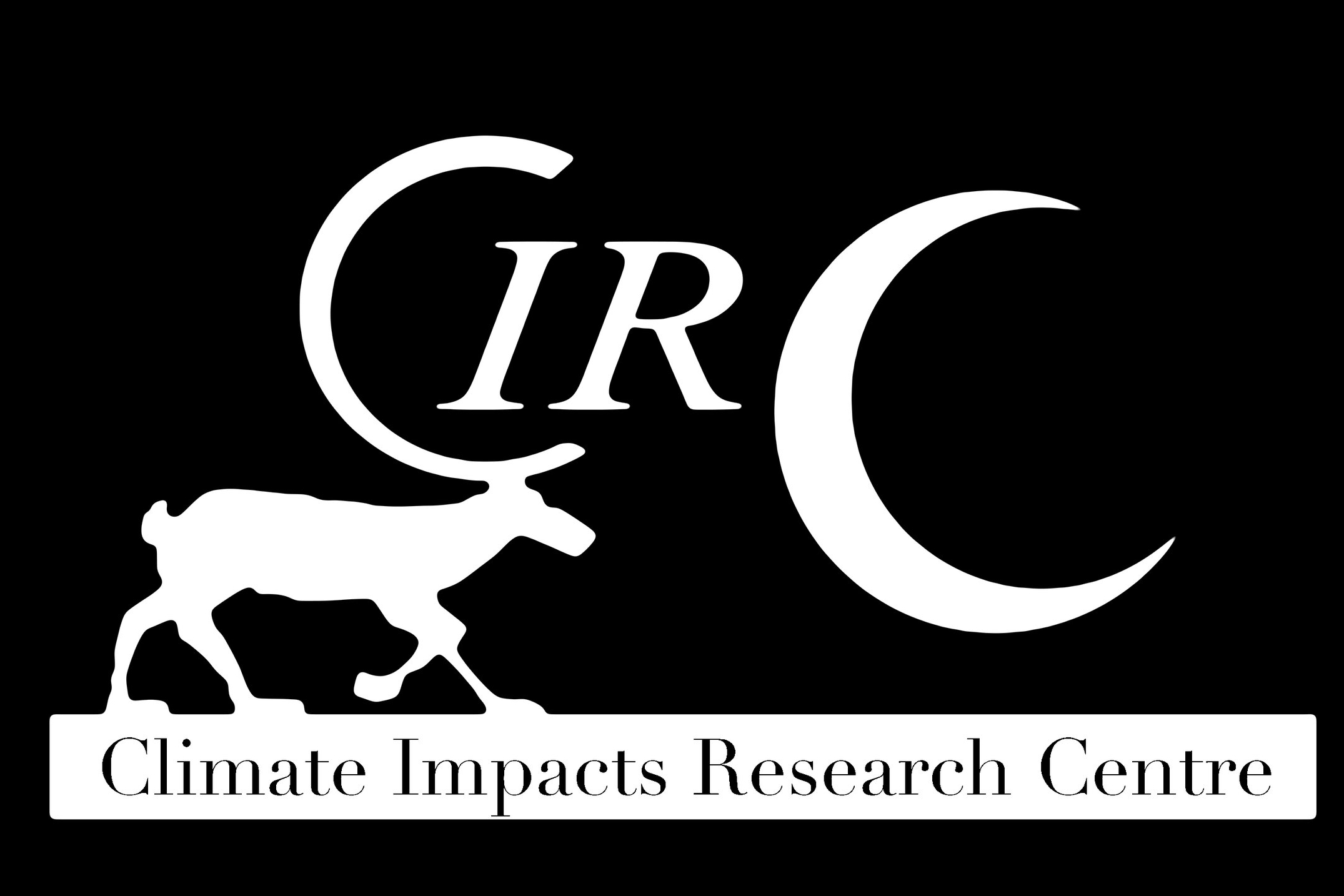This project aims to increase our understanding of how wood ants will influence carbon storage in soil and how climate change will affect their distribution in Arctic ecosystems, building on detailed studies of ants, soil, and vegetation interactions in mountain heaths and mountain forests in the Abisko region.
Fingerprints of change: Abisko plants and phenology
Our citizen science project focuses on the much-beloved signs of seasonal change – the emergence of leaves in the spring, the start of flowering, when berries are ripe for picking, and autumn leaf colours. Our project is inspired by the works of a few key botanists who helped put Abisko on the map 100 years ago, who established a transect from the summit of Mt Nuolja, which we use today.
Effect of herbivory and climate on tundra vegetation
We will study the interactive effect of herbivores and climate on plant community composition and plant traits using two long term field experiments in the Fennoscandian tundra. We aim to improve the interpretation of the driving forces behind changes in NDVI observed in satellite images, and clarify the potential of herbivores to influence the climate via changes in the albedo of the tundra.
Effects of altered snow conditions on herbivory in an arctic ecosystem
Effects of altered snow conditions on herbivory in an arctic ecosystem
Project Summary
By the end of the century, an increase of global average temperatures with 1.4 - 5.8° is predicted as a result from increased greenhouse gas levels in the athmosphere. The climate scenarios for northern latitudes predict not only higher temperatures but also higher precipitation that may even create a greater and prolonged snow cover in some areas. The profound changes in temperature and snow conditions may change plant community composition and ecosystem functioning, and produce positive or negative feedbacks to climate via changes in the carbon cycle. Herbivory is a key process for the function of arctic ecosystems, as herbivores alter plant community composition, plant chemical composition, nutrient cycling, primary production and carbon storage.
The goal of this project is to study how altered snow conditions will affect plant-herbivore interactions in arctic ecosystems. We will thus study herbivory and plant chemical composition in a snow manipulation experiment along a natural gradient in snow cover. A combination of plant chemical analyses and ecological studies of herbivory in the field is essential in order to understand these complex interactions. We can, by running experiments along natural gradients, avoid many weaknesses commonly associated with both experiments and descriptive studies.
Effects of reindeer on plant and soil nutrient stoichiometry in Arctic tundra
Effects of reindeer on plant and soil nutrient stoichiometry in Arctic tundra
Project Summary
Herbivores directly and indirectly influence the structure and function of ecosystems throughout the world. Present conceptual models predict that herbivores have a positive effect on nutrient availability and primary productivity in nutrient rich environments and a negative one in nutrient poor environments. However, a recent meta-analysis did not support a positive relationship between plant nutrient availability and the effect of herbivores on nitrogen cycling in several grassland ecosystems. The reason for the shortcoming of present theories could be that they fail to incorporate the complex interactions regulating the release of nutrients from the soil organic matter by microbial decomposers.
In order to assess this shortcoming, a new stoichiometric explicit model of the nutrition of herbivores, plants and microbes was designed. In contrast to previous models, it includes delayed composition and stoichiometric constraints on decomposers similar to what we find in terrestrial ecosystems.
This project will focus on 1) testing predictions of the model in a reindeer-dominated tundra ecosystem and 2) further developing the model by adding key processes that operate in northern ecosystems (e.g. uptake of organic nutrients by plants, herbivore-mediated changes in plant community composition).
Collaborators
Johan Olofsson, Umeå University
Mehdi Cherif, Umeå University
Funding
The Kempe Foundation
What is a landscape characterized by grazing?
We will examine how effects of excluding reindeer on vegetation vary across gradients in reindeer densities and climatic conditions in the Scandinavian mountains, and assess the importance of these findings in relationship to the environmental quality objectives.







